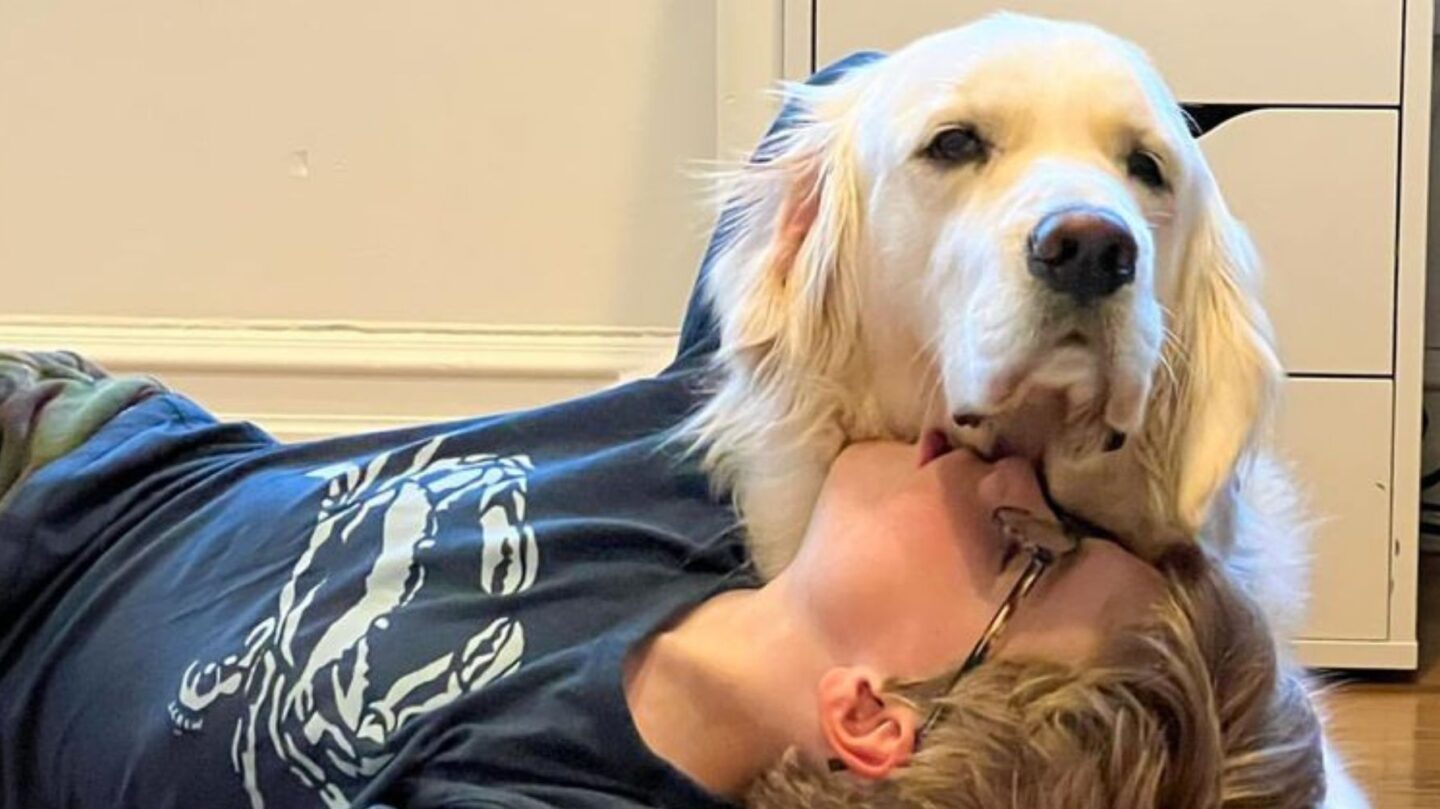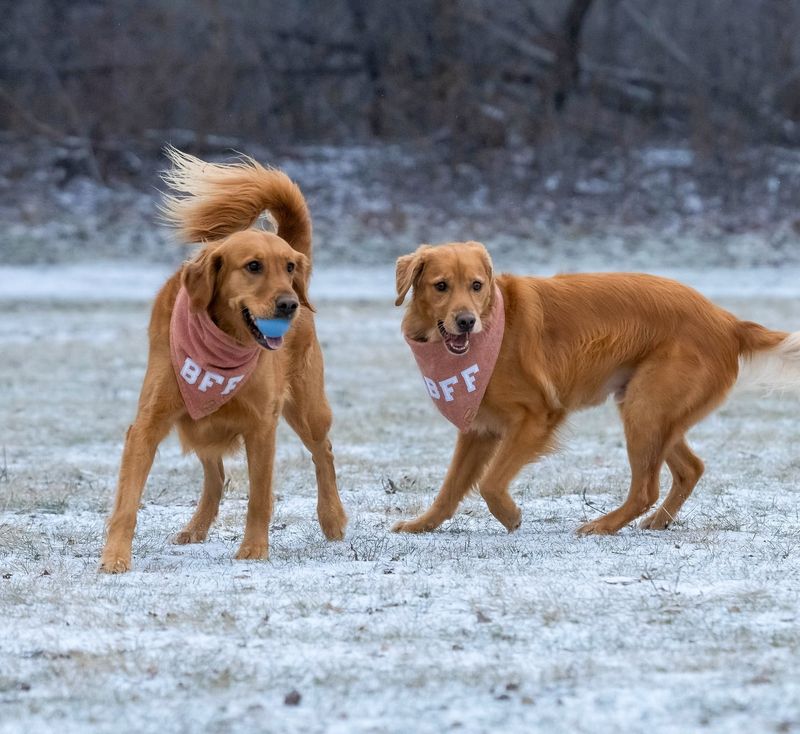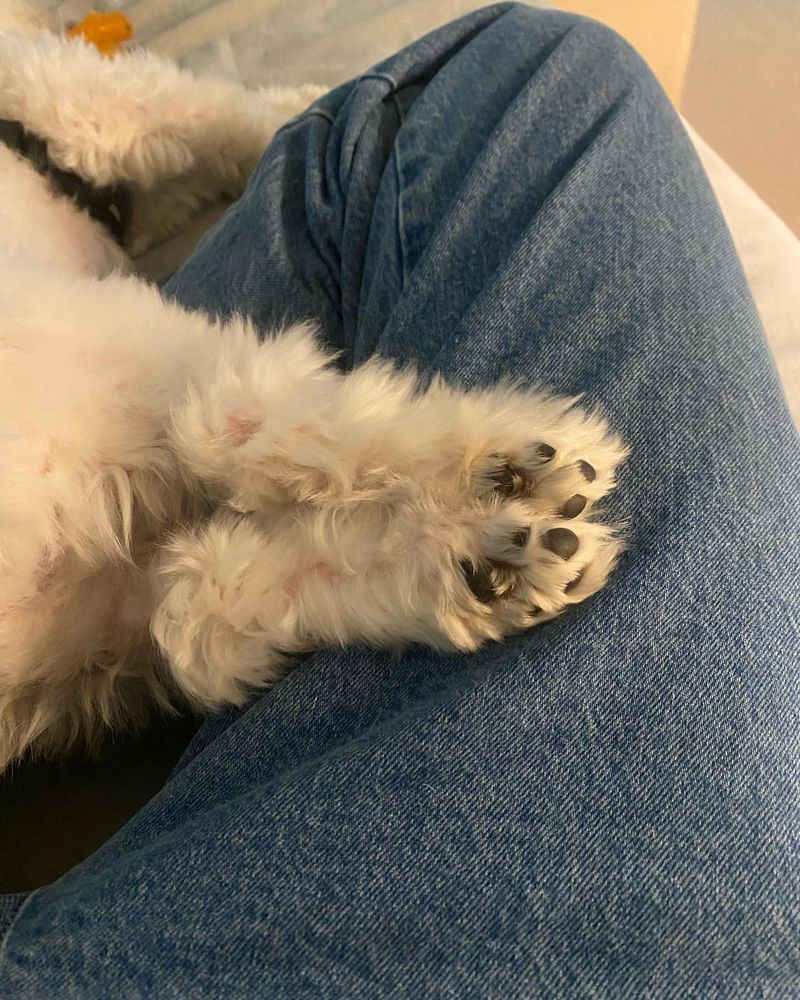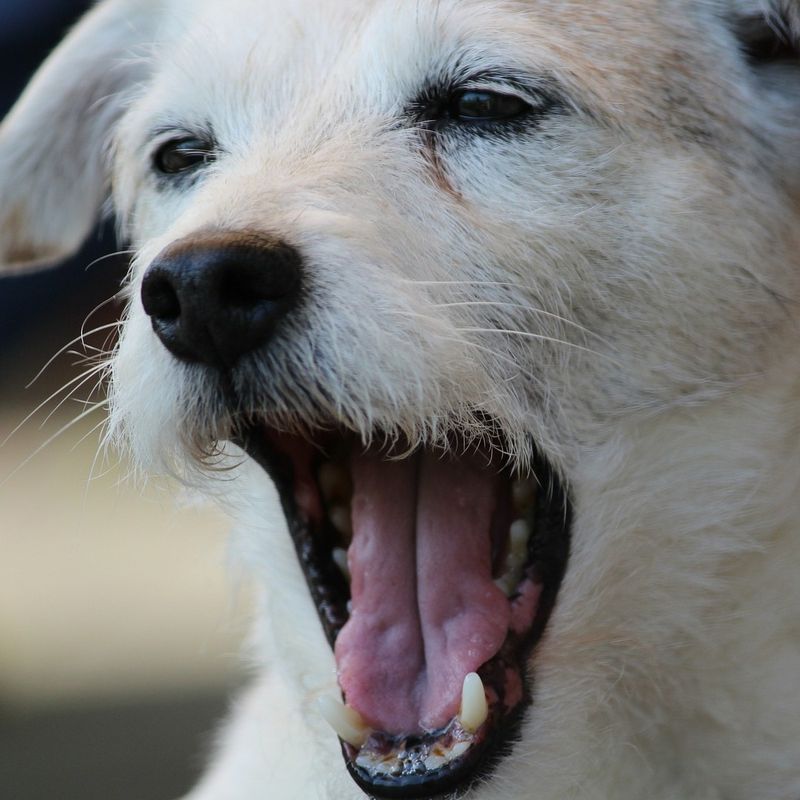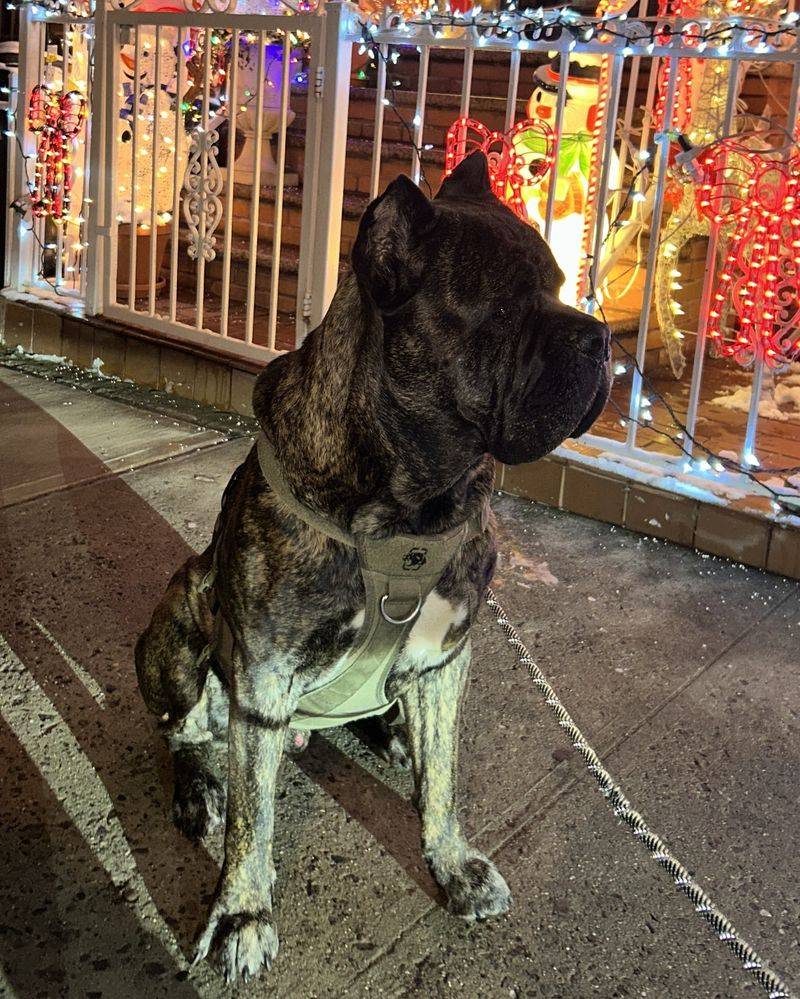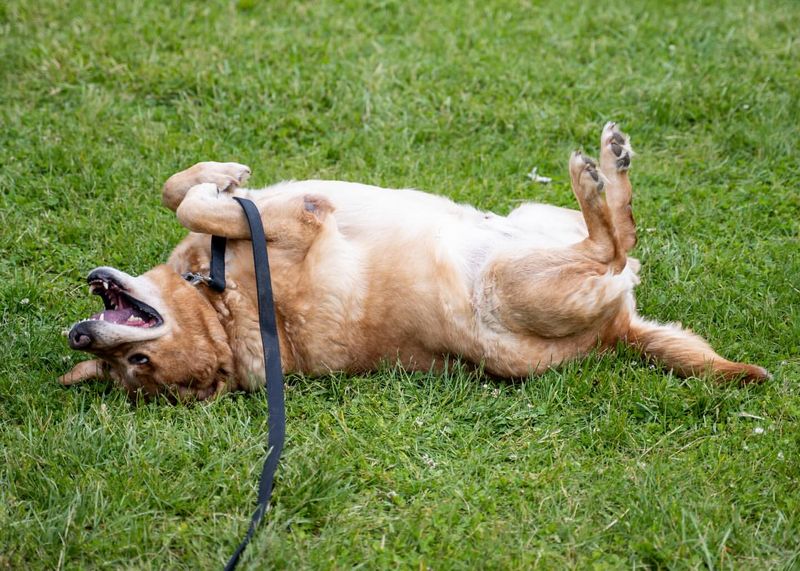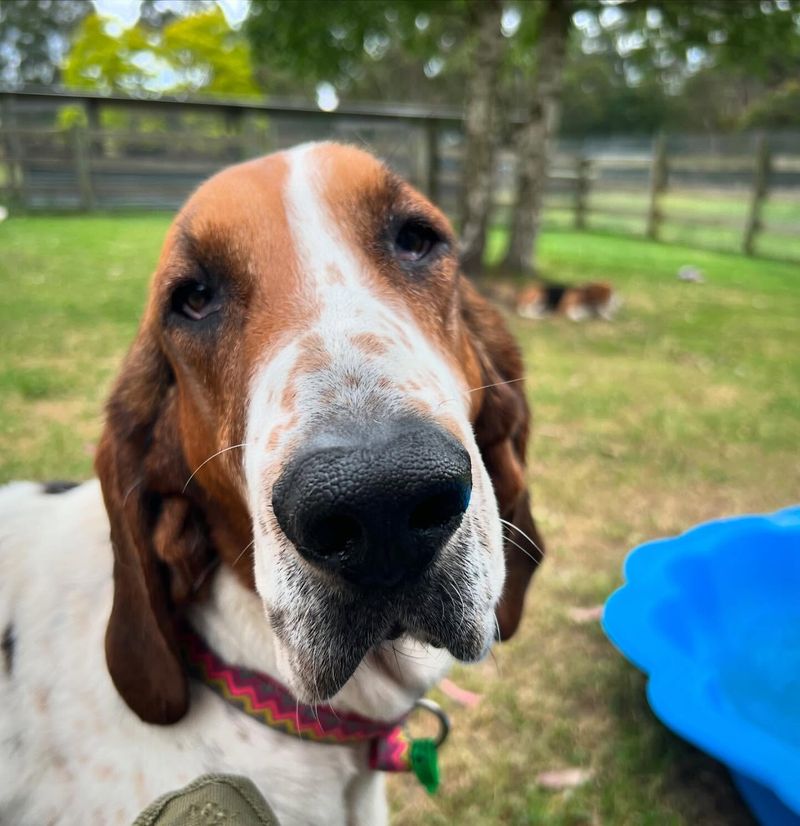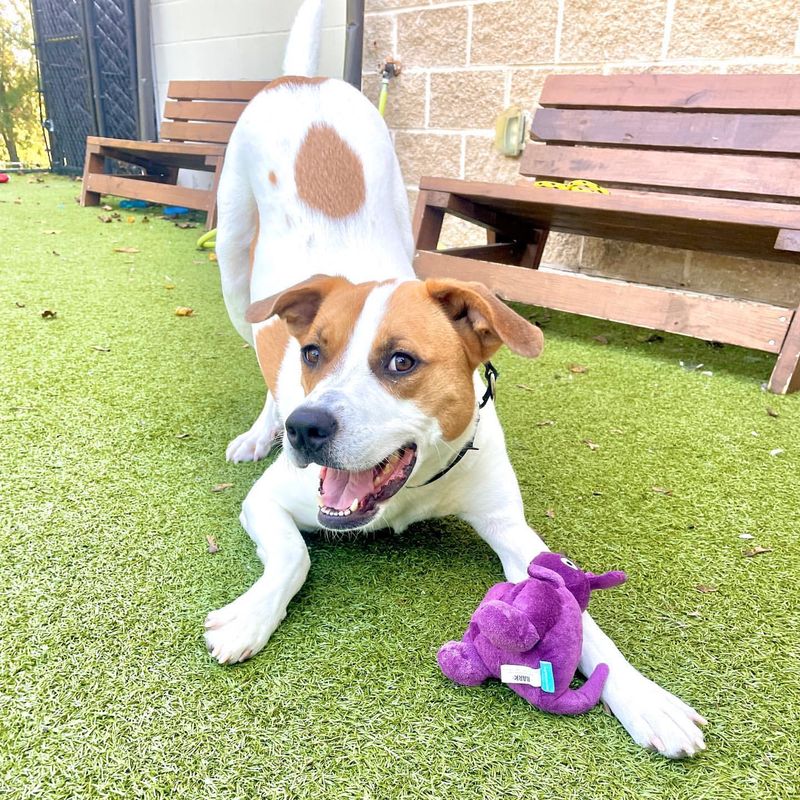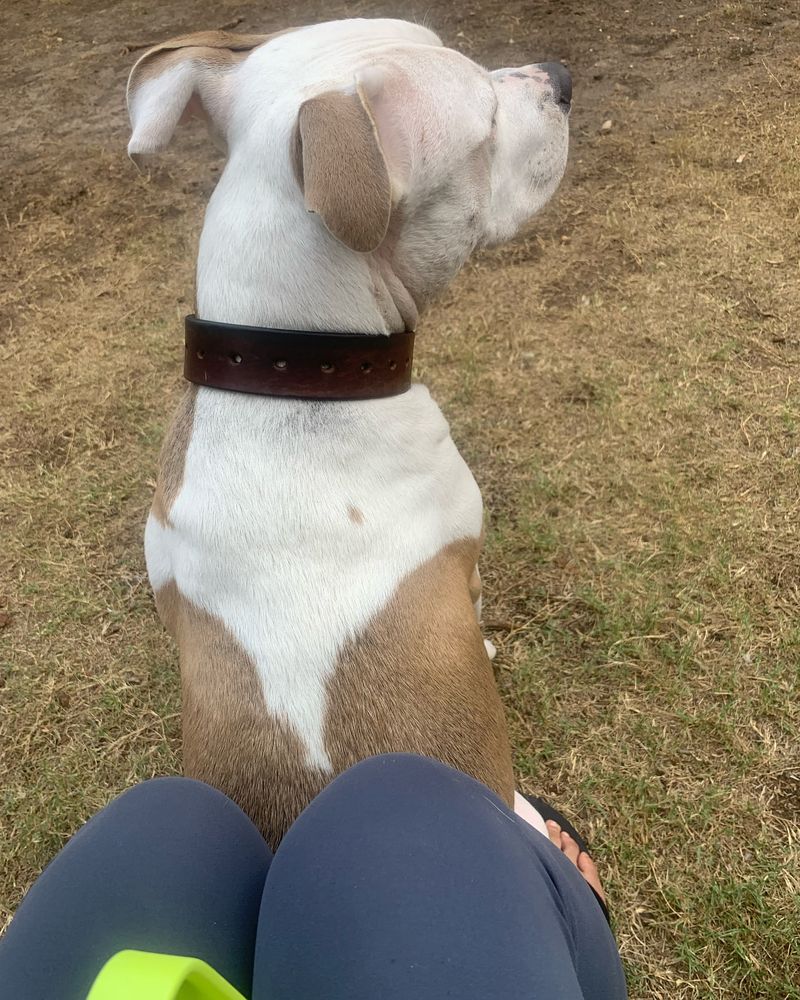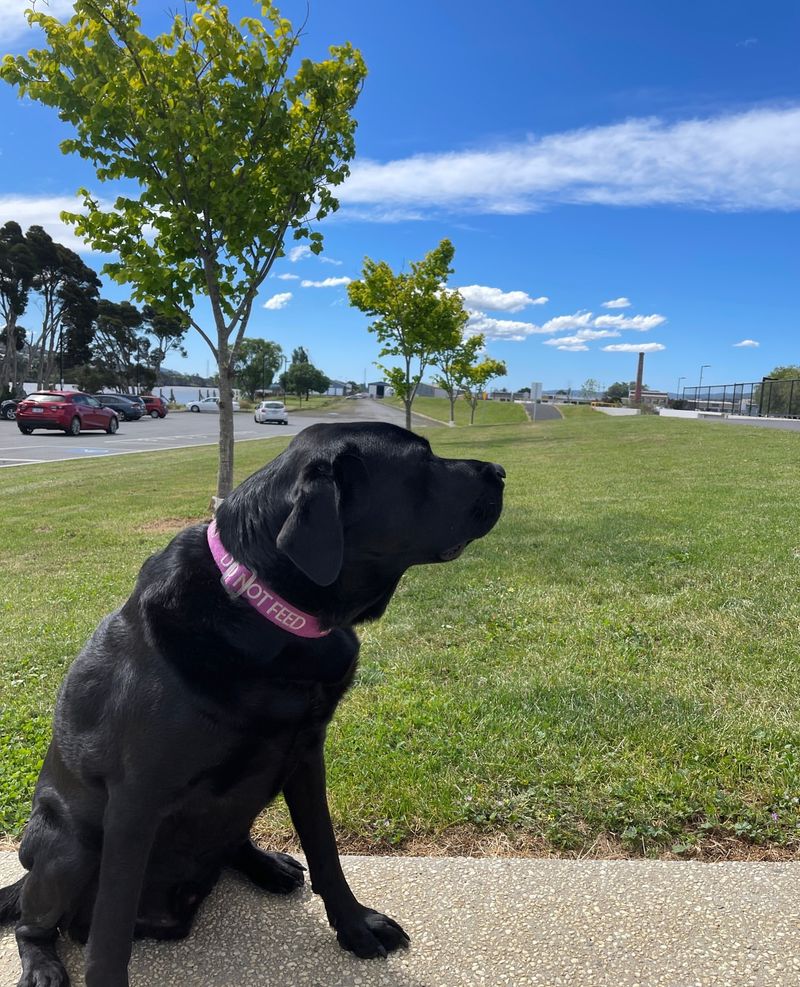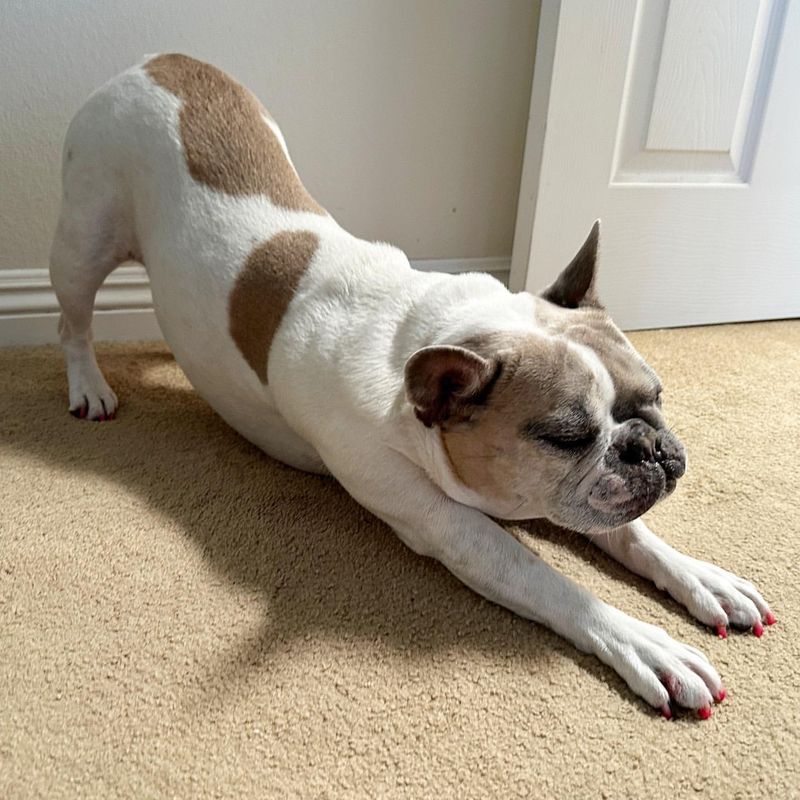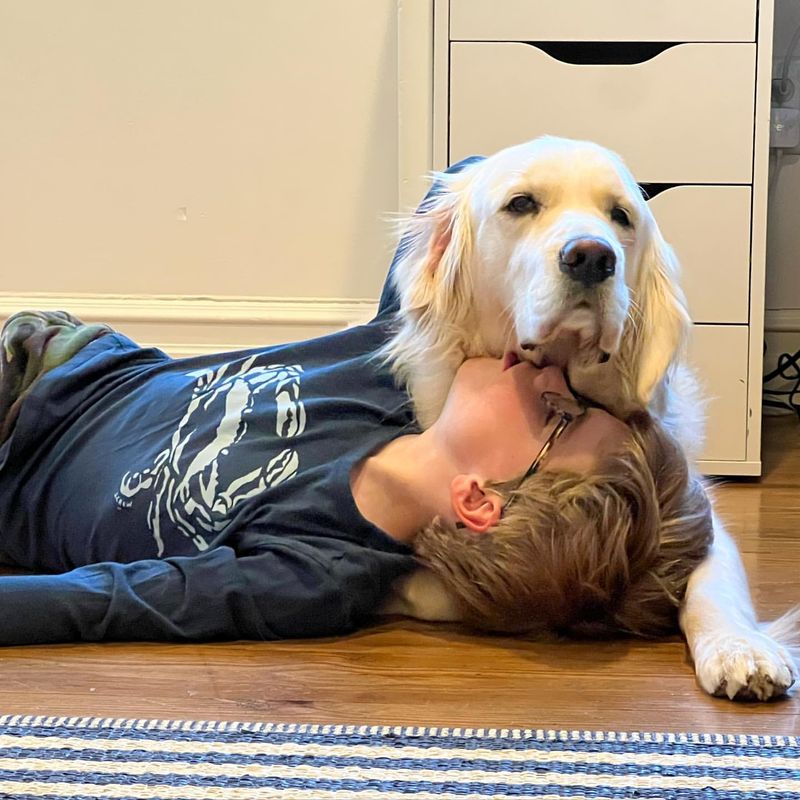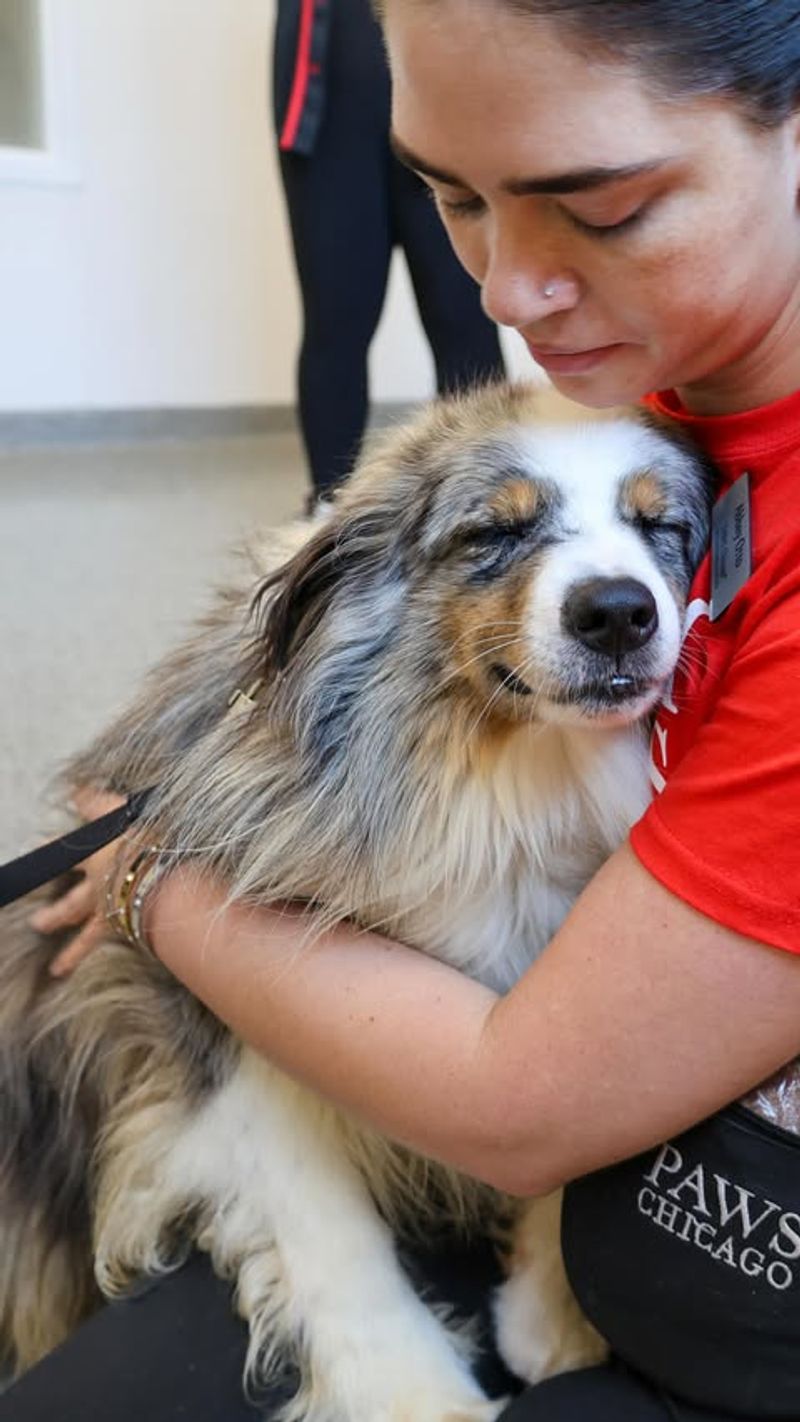Dogs are incredibly expressive animals, and their ability to communicate without uttering a sound is both fascinating and insightful. This guide explores 19 subtle ways dogs communicate using body language and other silent cues. Understanding these signals can deepen the bond between you and your canine companion. From eye movements to tail wags, let’s explore the silent language of dogs.
Tail Wagging
A dog’s tail is a great indicator of its mood. When dogs wag their tails, they are often expressing happiness or excitement. However, the speed and direction of the wag can provide further insight into their state of mind. A slow wag might suggest hesitation, while vigorous movement can mean the dog is very pleased.
The position of the tail is also significant. A high tail can indicate confidence, whereas a low tail might show submission or fear. Observing these details can help you better understand your dog’s emotions and intentions in various situations.
Ear Positioning
Dogs use their ears to communicate a range of emotions. Erect ears suggest attentiveness or curiosity, while ears that lie flat against the head may indicate fear or submission.
Observing the subtle movements of a dog’s ears can reveal what captures their interest or if they feel threatened. Learning to read these signals can help you gauge your dog’s mood and respond appropriately. In certain breeds, ear position is more pronounced, making it easier to interpret their silent messages.
Being attentive to these cues strengthens the connection between you and your dog.
Eye Contact
Eye contact is a powerful form of communication for dogs. A direct gaze can signify trust and affection, while avoiding eye contact may mean your dog feels guilty or stressed.
Dogs often use their eyes to express a range of emotions. If a dog stares at you intently, it might be trying to bond or seeking attention. Conversely, a brief glance can suggest curiosity or interest in something.
Understanding the nuances of eye contact will help you connect with your dog on a deeper level, as their eyes convey what words cannot.
Paw Placement
When a dog places its paw on you, it’s often a sign of affection or a request for attention. It’s their way of saying “I’m here” or “I need something.”
This gesture can serve various purposes, such as seeking comfort or signaling hunger. Additionally, paw placement might also indicate a dog’s desire for interaction or play.
Recognizing this behavior as a form of communication helps owners respond to their dog’s needs more effectively. By acknowledging these non-verbal cues, the bond between dog and owner can be significantly enhanced.
Head Tilting
Head tilting is a charming behavior often seen in dogs trying to understand something. This gesture can indicate curiosity or a desire to comprehend what is being said or heard.
When dogs tilt their heads, they may be attempting to better hear a sound or understand a command.
This behavior can also be a way for dogs to express empathy, as they try to connect with human emotions. Paying attention to head tilts can provide insight into your dog’s thought process and emotional state, revealing their intuitive nature.
Lip Licking
Lip licking is a subtle yet significant sign that can indicate a dog’s emotional state. Often, dogs lick their lips when they feel anxious or nervous.
This behavior can be a way for dogs to self-soothe or signal discomfort. Observing lip licking in social situations can help identify stress triggers and address them promptly.
Additionally, it may denote anticipation or hunger, especially when food is nearby. Recognizing this cue enables you to better understand and manage your dog’s emotions, promoting a more harmonious environment.
Yawning
Yawning in dogs is not always a sign of tiredness; it can also indicate stress or anxiety. When a dog yawns repeatedly, it might be trying to calm itself in a tense situation.
This behavior can also occur as a way to relax around new people or animals. Observing when and why a dog yawns can provide insight into its comfort level.
Understanding yawning as a communication tool allows you to assess your dog’s feelings and create a more supportive environment, thereby reducing stress and fostering positive interactions.
Body Freezing
When a dog suddenly stops moving or “freezes,” it often signals alertness or caution. This behavior indicates the dog is assessing a situation or sensing potential danger.
Freezing can be a precursor to other actions, such as barking or retreating. Recognizing this cue is important for ensuring your dog’s safety and comfort.
By interpreting a freeze as a warning sign, you can better understand what might be causing your dog concern and take steps to address or mitigate the situation effectively.
Rolling Over
When a dog rolls over, it is often a sign of submission or trust. This act exposes the belly, a vulnerable area, indicating that the dog feels safe in its environment.
Rolling over can also be an invitation to play or a request for a belly rub. Understanding this behavior within the context of social interactions is essential for fostering positive relationships.
Responding appropriately to a dog rolling over can strengthen the bond and promote mutual respect between you and your canine friend.
Nose Nudging
Nose nudging is a gentle way for dogs to communicate needs or desires. This behavior might indicate a request for attention, affection, or even food.
Dogs often use their noses to explore their environment, and a nudge can be a way to seek interaction or convey curiosity.
Recognizing nose nudges as a communicative gesture helps owners respond to their dogs’ needs more effectively, enhancing the bond and ensuring a fulfilling relationship. Acknowledging these subtle messages adds depth to the understanding of your dog’s silent communication.
Full-Body Wiggle
A full-body wiggle is a delightful expression of joy and excitement in dogs. Often seen when greeting loved ones, this behavior signals happiness and affection.
The wiggle typically involves the whole body, from tail to head, showing enthusiasm and a desire to connect. Observing a dog’s body language during these moments can enhance your understanding of their emotions.
Welcoming these displays of joy strengthens the human-dog bond, promoting a positive and loving environment where your dog feels free to express its happiness without constraints.
Crouching
Crouching in dogs often signifies playfulness or readiness. It is a position that can indicate excitement about playing or hunting, showcasing the dog’s agility and focus.
This behavior might also be a sign of submission, particularly if the tail is tucked between the legs. Recognizing crouching as a form of communication allows for better engagement with your dog.
By understanding the context of this gesture, you can respond appropriately, ensuring positive interactions and fostering a supportive environment for your furry friend.
Slow Blinking
Slow blinking in dogs is a sign of relaxation and trust. When a dog blinks slowly, it often indicates a sense of security in its surroundings, akin to a human’s gentle smile.
This behavior can be a way for dogs to show contentment and comfort, especially in familiar settings. Observing slow blinks can help you gauge your dog’s emotional state.
Responding to these signals strengthens the bond between you and your pet, creating a harmonious atmosphere where your dog feels free to express its feelings openly and without fear.
Sitting on Feet
When a dog sits on your feet, it’s a gesture of closeness and security. This behavior signifies trust and affection, as the dog seeks comfort in your presence.
It can also indicate a desire to protect or guard, especially in unfamiliar environments. Understanding this action as a relational gesture can deepen the connection between you and your dog.
Responding with warmth and reassurance fosters a caring relationship, ensuring your dog feels safe and cherished. Embracing this subtle form of communication enhances mutual understanding and companionship.
Sniffing the Air
Sniffing the air is a natural behavior for dogs, often used to gather information about their surroundings. This action can indicate curiosity or the presence of something interesting nearby.
Dogs rely heavily on their sense of smell, and sniffing allows them to explore and understand their environment. Observing this behavior can offer insights into what might be capturing your dog’s attention.
Recognizing sniffing as a form of communication helps owners engage with their dogs, leading to shared experiences and a deeper bond through understanding their world.
Stretching
Stretching is more than just a physical activity for dogs; it can be a sign of relaxation and contentment. Often seen after waking or during play, stretching indicates a comfortable and happy state.
This behavior can also serve as a social cue, inviting others to join in play or interaction. Understanding stretching as a communicative gesture enriches the relationship with your dog.
By acknowledging these signals, you can encourage a positive and engaging environment, promoting both physical health and emotional well-being for your furry companion.
Panting
Panting is a common behavior in dogs that can indicate various emotions or physical states. While often a sign of heat or exertion, panting can also express excitement or anxiety.
Understanding the context of panting helps in assessing your dog’s needs, whether it’s cooling down, calming, or expressing joy. Paying attention to this behavior can prevent overheating and ensure your dog’s comfort.
Recognizing panting as a communicative tool enables you to respond appropriately, fostering a caring and supportive environment where your dog feels understood and valued.
Cheek Rubbing
Cheek rubbing, although more common in cats, is a behavior some dogs exhibit to mark territory or show affection. This action deposits scent from glands located in the cheeks, signaling ownership or familiarity.
In dogs, cheek rubbing might also be a way to seek attention or show comfort in a certain area. Recognizing this behavior allows for better understanding of your dog’s social interactions.
Responding to cheek rubbing with attention and care strengthens the bond, ensuring your dog feels comfortable and secure in its surroundings.
Leaning Against You
When a dog leans against you, it’s often a sign of trust and affection. This behavior indicates that the dog feels secure and seeks comfort from your presence.
Leaning can also be a way for dogs to express their need for support or reassurance, especially in new environments. Understanding this gesture helps in building a nurturing relationship with your dog.
By responding with warmth and attention, you reinforce the bond, ensuring your dog feels loved and protected. This subtle communication fosters a lasting connection and mutual trust.
